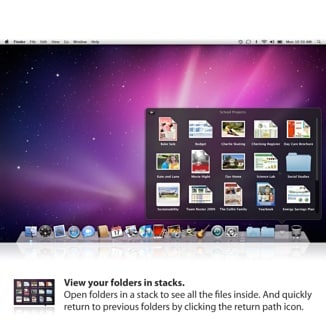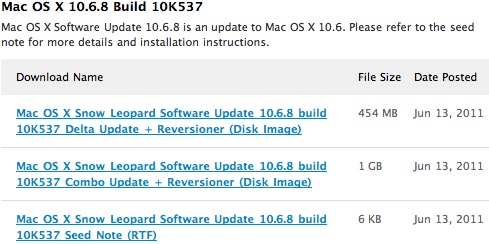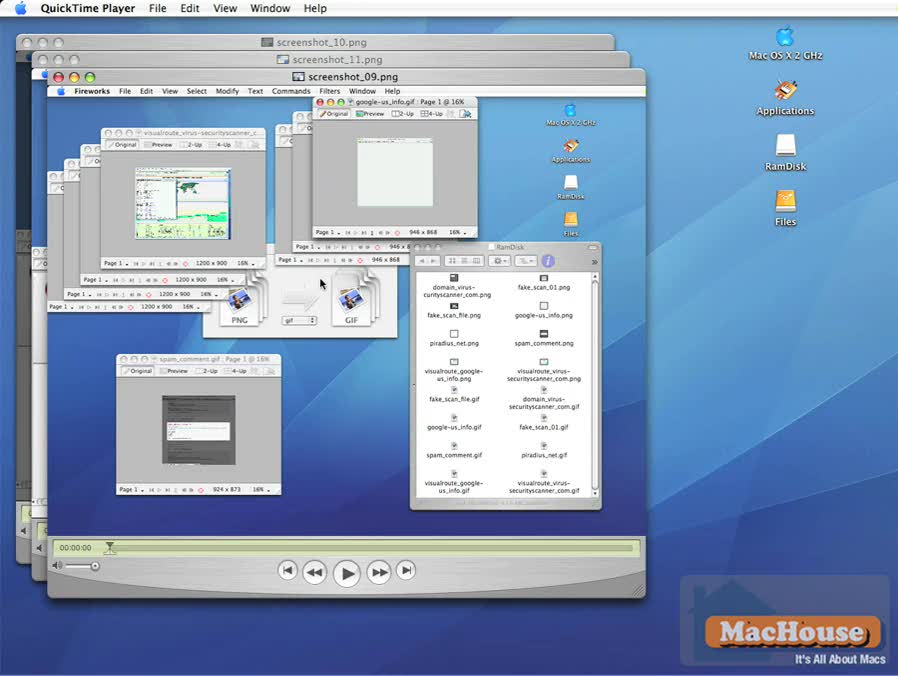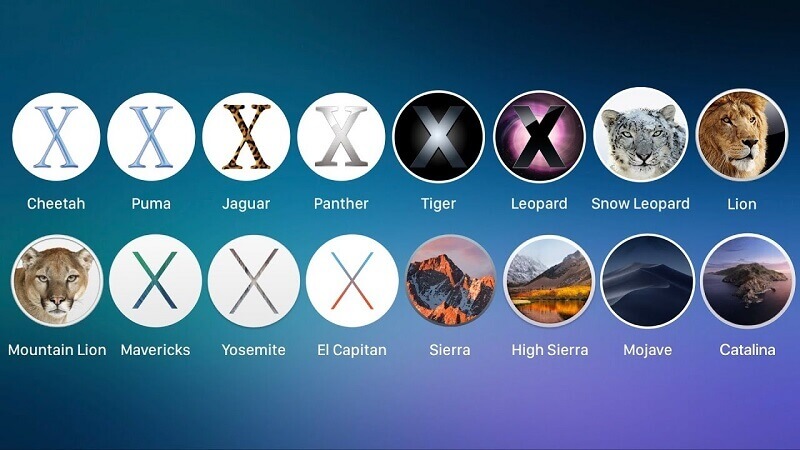
Even though the above two videos are sealed using a same container, MOV, they are encoded with different codec, one being HEVC (H265), and the other being AVC (H264). You can imagine container as a box, which wrap up things such as video stream, audio stream, subtitles, metadata (such as timestamp, device, etc). Though the container format MOV is natively supported, it doesn't mean the codec the video uses is compatible. An example is shown in the picture below: Video stream encoded with different codec and put in a same container MOV MOV is a container format and the video can be encoded with codec such as HEVC (H.265), H.264, MPEG-4 part 2, to name a few. It indicates that the player doesn't support the format or the codec. When you meet the problem: the MOV file won't play on Mac using the QuickTime or showing error message like "VLC can't recognize the input's format". Fix Codec Compatibility Issue to Fix QuickTime Player Can't Open.

Follow our previous tutorial on how to cut a video to repair and get rid of corrupted slices. If part of the MOV file is corrupted, use VideoProc Converter to remove and repair the unplayable file.

If the size is only in a few KB or the duration of the video is 0:00, the source video is the cause of the not playing error. At the top of the Get Info panel, you'll see the file size.

Right-click the file and select Get Info from the list. Check the size of the clip to see if it is ridiculously small. In such case, QuickTime may also give "Error: the movie contains some invalid data (file name.MOV)". mov and can't play the MOV video when the file is corrupted. Enhance MOV video playback quality by cutting off black bars, changing aspect ratio, adjusting brightness, etc.įor mobile users, click here > Method 1.Resolve MOV video audio out of sync issue in a simple click.Repair and remove corrupted clips from MOV footage without transcoding.Process MOV HEVC to H.264 when your Mac video player doesn't accept HEVC format.



 0 kommentar(er)
0 kommentar(er)
